📄 Case Studies & Documentation Impact
As the sole technical writer, I’ve led initiatives that not only improved clarity and accessibility, but also drove strategic impact across engineering, sales, and support teams. These highlights demonstrate how documentation can influence product success, collaboration, and stakeholder trust.
🧠 Context
🛠️ My Role & Approach
✅ Impact
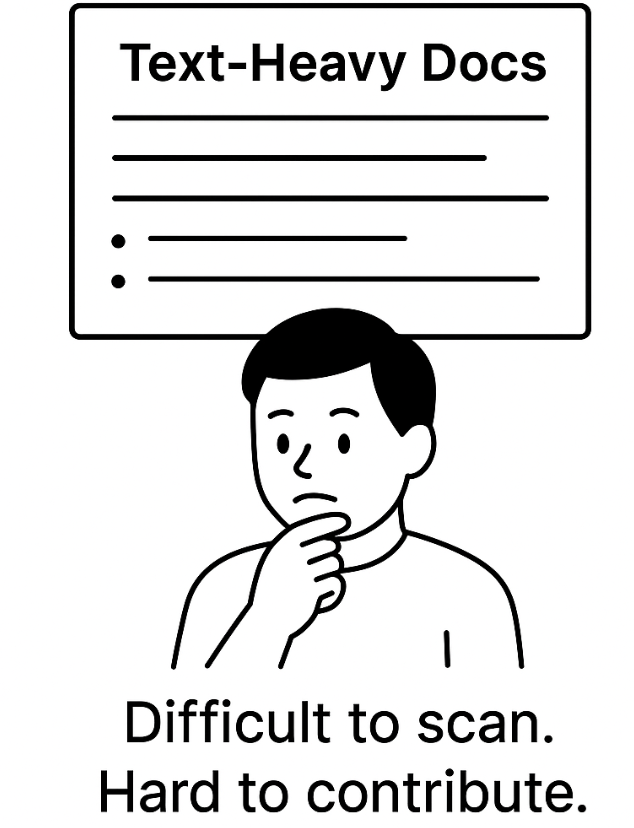
Teams in Japan struggled to understand text-heavy English documentation, causing frequent clarification requests and delays. Documentation was hard to scan and even harder to contribute to.

I introduced a visual-first approach for complex robotic workflows, creating illustrations and bilingual diagrams. I also initiated a structured review process using annotated PDFs for non-technical reviewers.
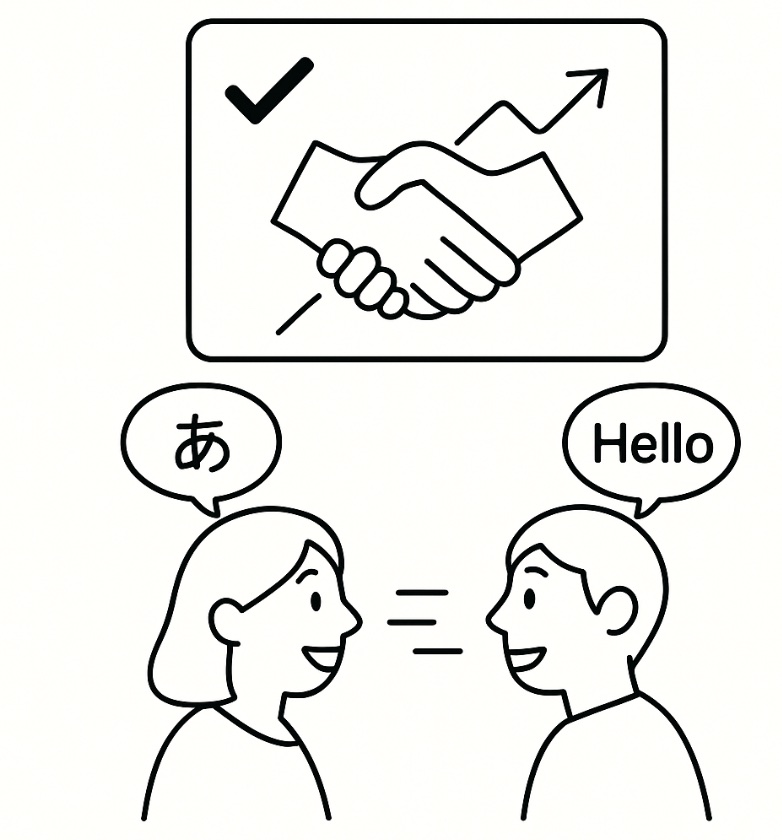
Cut documentation queries by ~40%. Stakeholders across language barriers could understand and give feedback confidently. Documentation became a bridge — not a blocker.
🧠 Context
🛠️ My Role & Approach
✅ Impact
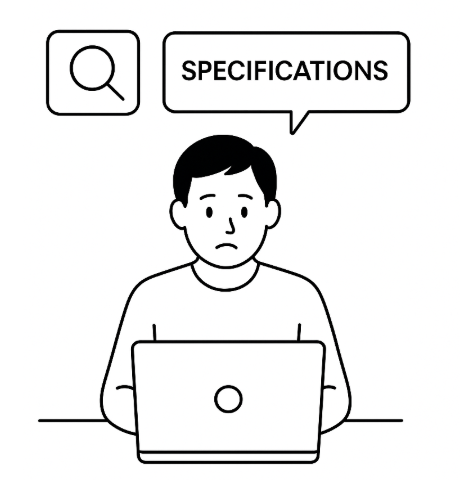
Users struggled to locate the right specifications in ReadTheDocs. The interface was not intuitive, and users had to browse multiple sections manually. This often led to confusion, wasted time, and frequent clarification requests.
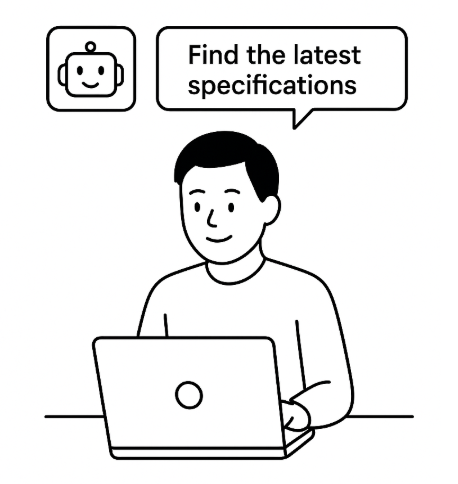
I designed an AI-powered chatbot to simplify spec discovery. It supported natural language queries, improved ReadTheDocs search, and provided helpful previews for unclear questions.
Users could now ask things like "Where can I find the barcode format?" — no need to memorize links.
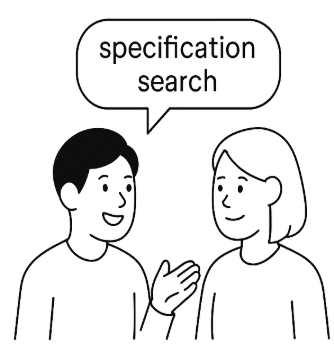
Added self-serve capability to internal teams and drastically reduced spec dependency queries. It became easier for testers and support to trace feature specs.
🧠 Context
🛠️ My Role & Approach
✅ Impact
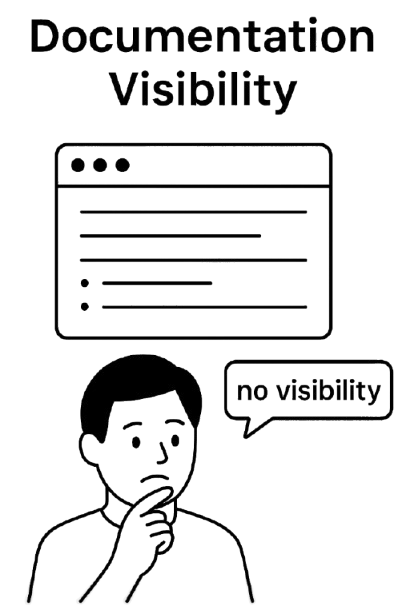
Documentation was published on ReadTheDocs, but there was no visibility into how or if it was being used. Product owners and support leads couldn’t validate whether internal or external users were accessing the specs. This created uncertainty during reviews and weakened the perceived value of documentation.
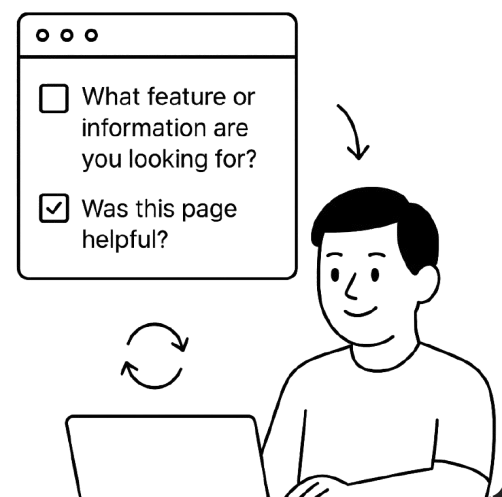
I implemented a lightweight Microsoft Forms + Power Automate system to gather intent before RTD access. Users answered simple questions like:
- ✔️ What feature or information are you looking for?
- ✔️ Was this page helpful?
These insights were compiled into monthly dashboards and shared with engineering, QA, and product teams.

The team gained quantifiable insights into documentation usage and user behavior. Product stakeholders used this data to prioritize updates and retire unused pages. Documentation visibility became part of Sprint reviews, improving alignment between content and feature delivery.